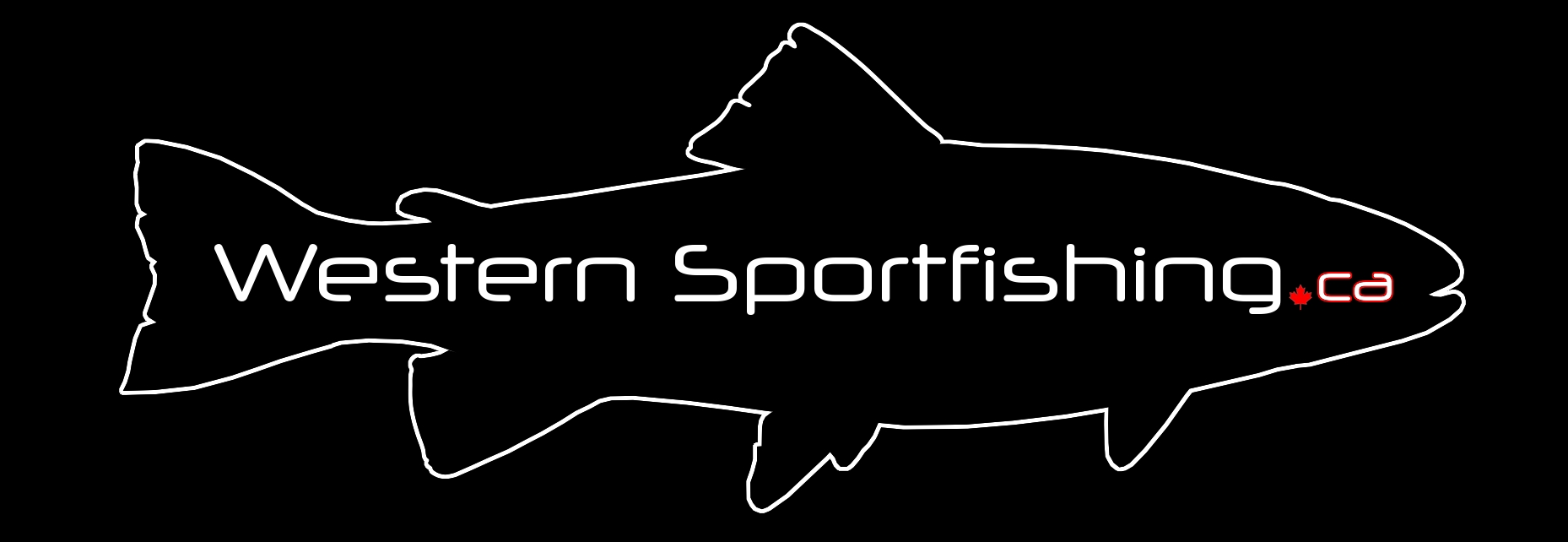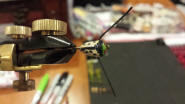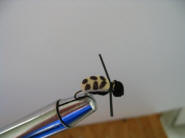
Fall Backswimmers & Water Boatmen
As late August approaches in Western Canada, we start to see cooler overnight temperatures. Some people begin to prepare for Hunting season, but a seasoned Backswimmer fisherman will tell you that the best trout fishing of the year is just around the corner. Once these winged insects disperse across the rivers and lakes to mate (we will focus on lakes for this article), it is only a matter of time before the largest trout in the water bodies start to gorge themselves on this bonanza of food.
Though backswimmers are in plenty of lakes year-round, they are at their peak as a major food source in the spring, and even more-so in the fall season. By late August/early September, these winged insects take flight to descend on the lakes. At this time of year they are usually at their peak size for mating, and the sheer numbers of them can be astonishing! Often times, they are so thick in their “fall” to the water bodies that you might have a few landing on you. In this event you have to also be careful since backswimmers will bite. I would compare it to the bite of a mosquito, but for something that most people would think of as a water-locked insect, it is a pretty impressive sight!
 As you approach the lake, you might notice that the larger trout move closer into the shallows for the Backswimmer “fall”. In many cases, this is the time of year where fly fishermen have their best shot at landing a trophy trout for the lake they are fishing. Shore fishermen have just as good of a chance to catch some nice trout as boating anglers, if the lake’s surroundings permit.
As you approach the lake, you might notice that the larger trout move closer into the shallows for the Backswimmer “fall”. In many cases, this is the time of year where fly fishermen have their best shot at landing a trophy trout for the lake they are fishing. Shore fishermen have just as good of a chance to catch some nice trout as boating anglers, if the lake’s surroundings permit.
As the backswimmers fall from the sky and hit the water, they usually stop dead at the surface for a few seconds as if they are paralyzed. After this, they descend below the surface with their legs kicking and bodies darting down. It can look like there are rain drops hitting the surface of a glass calm lake, even with the sun and blue sky above. The water surface can also look like boiling water with trout sipping the Backswimmers off the surface as they rest before diving towards the bottom. The Backswimmers will come up to the surface again to replenish oxygen, and repeat the same steps when done.
Equipment:
Fly rod selection for this type of fishing is easy. For rods, a weight class between 5-7
WT with a soft tip for hook sets and hard runs is perfect. Length is a personal choice which is most likely based on whether you are fishing from shore or a boat. The only lines you will need for the season are a WF floating fly line, and an Intermediate sinking line. I use the Intermediate line about 90% of the time, and prefer a clear colour for stealthier fishing in the shallows. With this Intermediate sinking line set-up, a 2X fluorocarbon leader about 3-5 feet in length is all you need.
How to Fish Backswimmers:
My favourite way to fly fish for trout at this time of year is with the aforementioned Intermediate sinking line. Depths of 4-10 feet are ideal. The regular shoals and drop-offs are great places to start, but the most obvious is wherever the trout are showing themselves feeding on or near the surface. My favourite fly is a size #12
DB Floatman Backswimmer pattern. The
fly tying section of our website (www.WesternSportfishing.ca) shows a step-by-step on how to tie this fly. Patterns in sizes #8-16 work well throughout the fall season. Patterns to use with floating lines are a TNT Backswimmer with or without bead heads for weight, or simple
pheasant tail nymphs with legs and a small amount of flash. Experimentation is the key, so observe the major sizes and colours and “match the hatch”. I find that most of the Backswimmers have a tan or creamy white back with spots or lines on the back. I use silver or blue tinsel for flash on the underbellies of my flies, and anything from black to hot pink for the legs of the fly. Make sure to use epoxy or a clear coating on your flies for longevity. Be creative and find what works best in your area!
My favourite fly is a size #12
DB Floatman Backswimmer pattern. The
fly tying section of our website (www.WesternSportfishing.ca) shows a step-by-step on how to tie this fly. Patterns in sizes #8-16 work well throughout the fall season. Patterns to use with floating lines are a TNT Backswimmer with or without bead heads for weight, or simple
pheasant tail nymphs with legs and a small amount of flash. Experimentation is the key, so observe the major sizes and colours and “match the hatch”. I find that most of the Backswimmers have a tan or creamy white back with spots or lines on the back. I use silver or blue tinsel for flash on the underbellies of my flies, and anything from black to hot pink for the legs of the fly. Make sure to use epoxy or a clear coating on your flies for longevity. Be creative and find what works best in your area!
I like to watch the surface for Backswimmers falling. The trout tend to school up in those areas to stalk the insects, and there will be surface disturbances from mouths or backs of the trout as well. With my floating foam Backswimmer fly on my Intermediate line, I cast out and let the fly rest on the surface while the line sinks to the lake bottom. When the line is about half-way down, I twitch the fly on the surface much like the natural, then start to strip the line in 2-3 inch pulls to simulate the diving motion of the real insect. I find that most trout hit on the strips on the surface, or in the first few pulls of the descent. Keep paying attention right until the fly is almost back to your rod though, as plenty of trout will follow it all the way to your feet before biting! When they do bite, a slow lift of the rod tip is all that is needed, and you will be in for a fierce battle.
Fishing with Backswimmers in the fall is the most exciting time of the year to fish a lake. The action can be unbelievably exciting as huge trout sip or destroy your fly; and the scenery around the lake can be spectacular with the colours of autumn out in full force. If you are the type to pack away your fly rod as soon as the heat of summer is over, you could be missing out on some of the best action of the year. I encourage you to take a day in the fall, and get out on a local lake to hunt for some aggressive trout with Backswimmers. Before you know it, the trout will just be a dream in the midst of another long prairie winter.